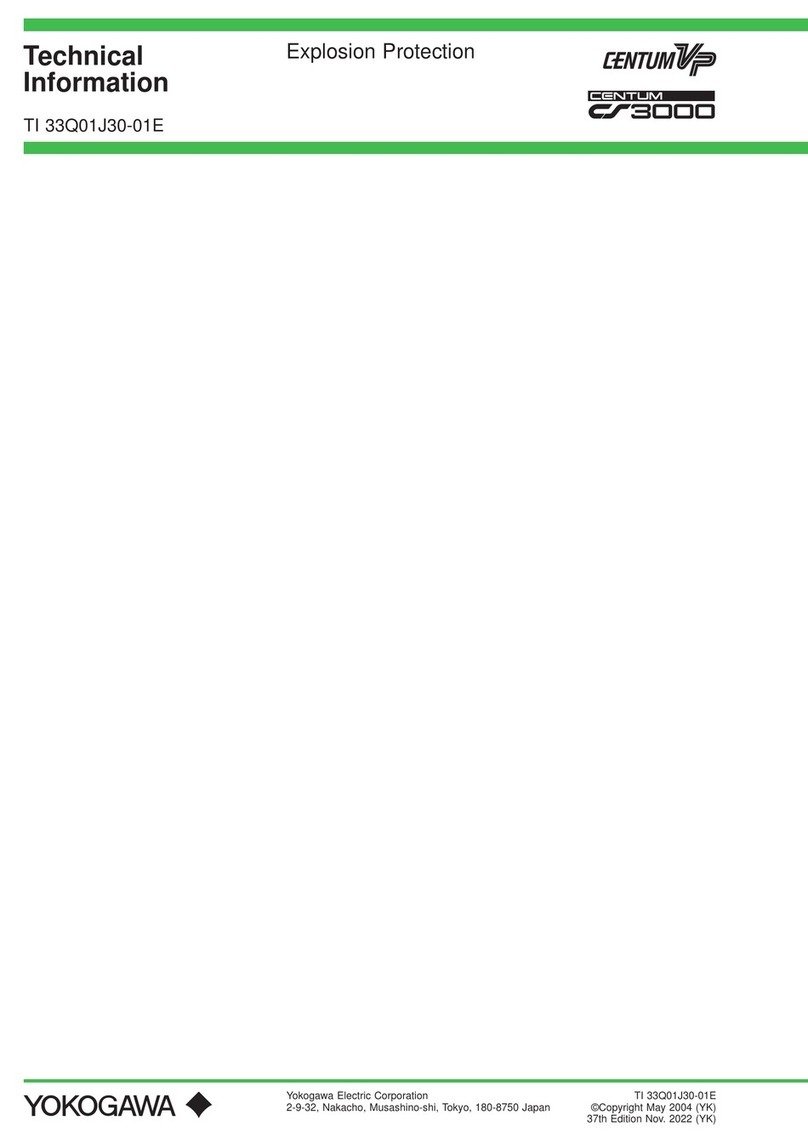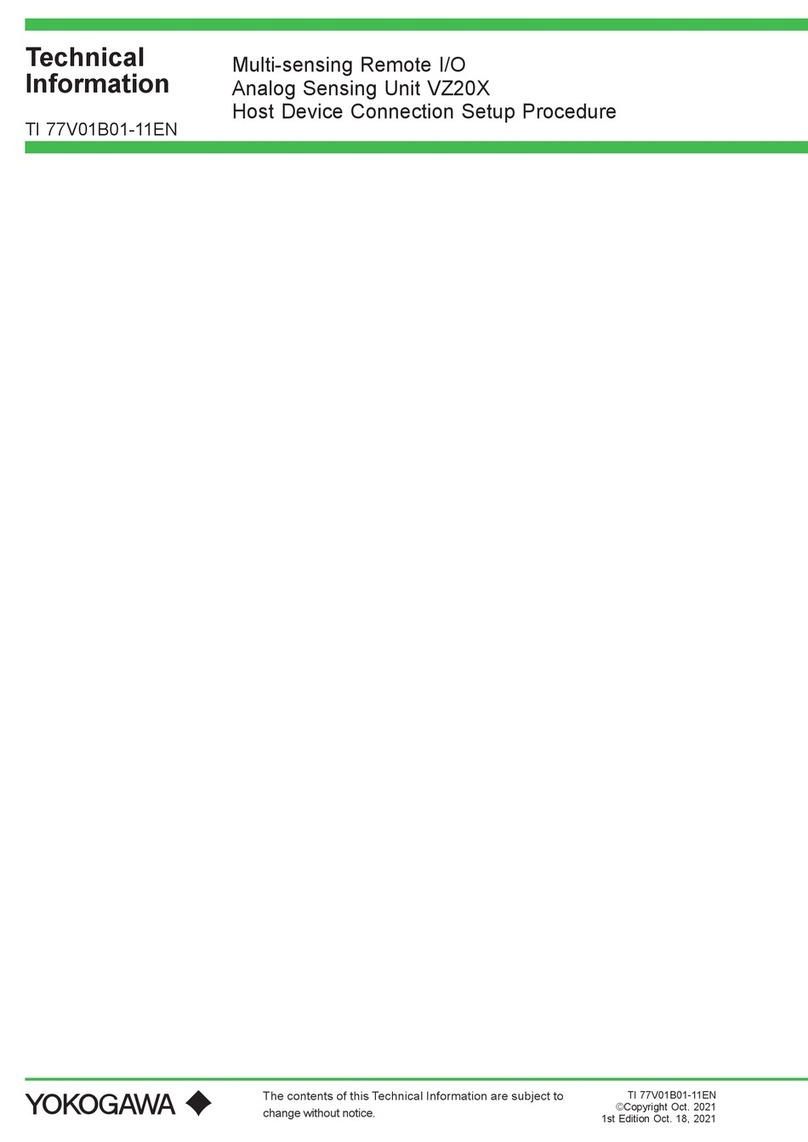
Toc-1
TI 32P51J10-01EN
ProSafe-RS Lite
Installation Guidance
Apr. 25, 2022-00
CONTENTS
TI 32P51J10-01EN 4th Edition
Introduction ..............................................................................................................i
Safety Precautions..................................................................................................ii
Trademark ...............................................................................................................vi
1. System Installation Requirements ......................................................... 1-1
1.1 Control Room Design.......................................................................................1-2
1.2 Control Room Environment.............................................................................1-5
1.3 Power Supply System ....................................................................................1-13
1.4 Grounding........................................................................................................1-18
1.5 Noise Countermeasures ................................................................................1-21
1.5.1 Noise Sources and Noise Countermeasures..................................1-21
1.5.2 Countermeasures against Static Electricity.....................................1-25
1.6 Cabling Requirements....................................................................................1-26
1.7 Corrosive-gas Environment Compatibility ..................................................1-28
1.8 Compliance with Marine Standards..............................................................1-31
2. Transportation, Storage and Installation...............................................2-1
2.1 Precautions for Transportation .......................................................................2-2
2.2 Unpacking..........................................................................................................2-3
2.3 Storage...............................................................................................................2-4
2.4 Servicing Area ...................................................................................................2-5
2.5 Installation.........................................................................................................2-6
2.5.1 Installation on Floor............................................................................2-6
2.5.2 Rack Mounting.................................................................................2-10
2.5.3 DIN Rail Mountable Devices............................................................2-14
2.5.4 Wall Mountable Devices ..................................................................2-17
2.5.5 Installation Guideline for Cabinet.....................................................2-19
2.5.6 Desktop Equipment .........................................................................2-25
2.5.7 Installing Control Network Interface Card........................................2-25
3. Cabling.......................................................................................................3-1
3.1 Cables and Terminals .......................................................................................3-2
3.2 Connecting Power ............................................................................................3-5
3.3 Connecting Ground Cable .............................................................................3-12
3.4 Power and Ground Cabling ...........................................................................3-13





























